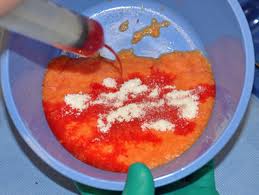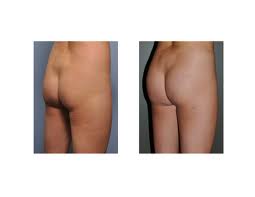The success of buttock augmentation by fat injection depends, first and foremost, on having enough fat to harvest. If not enough volume of fat is available, it does not matter how well it survives as the buttock result will be inadequate. This has made the use of buttock fat grafting in thin patients historically not possible. Harvesting fat traditionally relies on the patient having well defined fat deposits that are easily visible and palpable. Such localized fat deposits do not exist in most thinner patients.
While thin patients may never have large amounts of fat that can be extracted, more fat can be had when liposuction cannulas are used that have multi-hole tracks. This allows a more even level of fat removal that what can be achieved with cannulas that have just single holes on one side of the cannula tip. Having a larger number of holes that can encircle the cannula, up to 12 in total now exist, a more even removal of fat can be done and more fat can be obtained. This is especially useful in patients with thinner fat layers over large body surface areas.

When injecting fat into the buttocks, it is important that the fibrous bands between the muscle and the skin are not excessively released. Over release of these bands can cause the contour of the buttocks to drop or sag. Small injection cannulas should be used and the fat placed in small 1cc or 2cc ‘droplets’ both into the muscle as well as between the muscle and skin.

Dr. Barry Eppley
Indianapolis, Indiana


